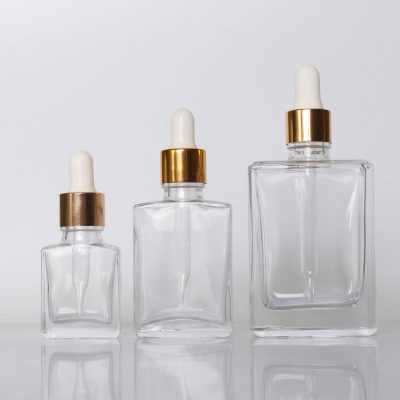“Fluid Dynamics: How Plastic Dropper Bottles Ensure Optimal Dispensing”
Plastic dropper bottles are engineered to deliver precise and controlled dispensing of liquid formulations, relying on fluid dynamics principles to ensure optimal performance. Let’s explore how plastic dropper bottles leverage fluid dynamics to achieve accurate and consistent dispensing:
1. Capillary Action
Plastic dropper bottles utilize capillary action to draw liquid formulations into the dropper mechanism. When the dropper tip comes into contact with the liquid, surface tension causes the liquid to be drawn upward into the dropper tube, filling the chamber. This capillary action ensures efficient loading of the dropper mechanism with minimal effort from the user, facilitating smooth and seamless dispensing.
2. Pressure Differential
The dispensing process in plastic dropper bottles relies on creating a pressure differential between the liquid inside the bottle and the external environment. When the user squeezes the dropper bulb or presses the dropper button, the pressure inside the bottle increases, forcing the liquid out of the dropper tip. This pressure-driven mechanism allows for precise control over the dispensing rate and volume, ensuring accurate dosage control.
3. Gravity and Viscosity
Gravity plays a crucial role in the dispensing of liquid formulations from plastic dropper bottles. As the dropper tip is positioned below the liquid level inside the bottle, gravity exerts a downward force on the liquid, aiding in its flow through the dropper mechanism. The viscosity of the liquid formulation also influences its flow characteristics, with thinner formulations flowing more easily than thicker ones. Plastic dropper bottles are designed to accommodate a wide range of viscosities, ensuring smooth and consistent dispensing across different formulations.
4. Surface Tension and Drop Formation
Surface tension governs the formation of liquid drops as they are dispensed from the dropper tip. Plastic dropper bottles are designed to optimize surface tension and droplet size, ensuring uniform droplet formation with each dispensing action. By controlling surface tension, plastic dropper bottles deliver consistent drop sizes, allowing for precise dosage control and accurate application of liquid formulations.
5. Calibrated Dropper Mechanisms
Plastic dropper bottles are equipped with calibrated dropper mechanisms that regulate the flow of liquid through the dropper tip. These mechanisms are precisely engineered to deliver a predetermined volume of liquid with each drop, ensuring accurate dosage control and reproducible results. Whether it’s measuring out drops of medication, essential oils, or skincare serums, the calibrated dropper mechanism ensures consistent dispensing across multiple uses.
6. Airless and Controlled Release Systems
Some plastic dropper bottles feature airless and controlled release systems that further optimize fluid dynamics for dispensing liquid formulations. Airless systems minimize exposure to air, preventing oxidation and contamination of the liquid formulation, while controlled release mechanisms enable precise control over the dispensing rate and volume. These advanced systems enhance the stability, efficacy, and shelf life of the liquid product while ensuring accurate and controlled dispensing.
In conclusion, plastic dropper bottles leverage fluid dynamics principles to achieve optimal dispensing of liquid formulations, relying on capillary action, pressure differentials, gravity, viscosity, surface tension, and calibrated dropper mechanisms. By harnessing these principles, plastic dropper bottles deliver precise and consistent dispensing, ensuring accurate dosage control and reliable performance across various applications in pharmaceuticals, cosmetics, and other industries.








